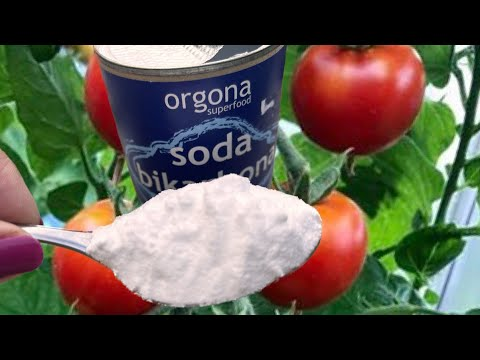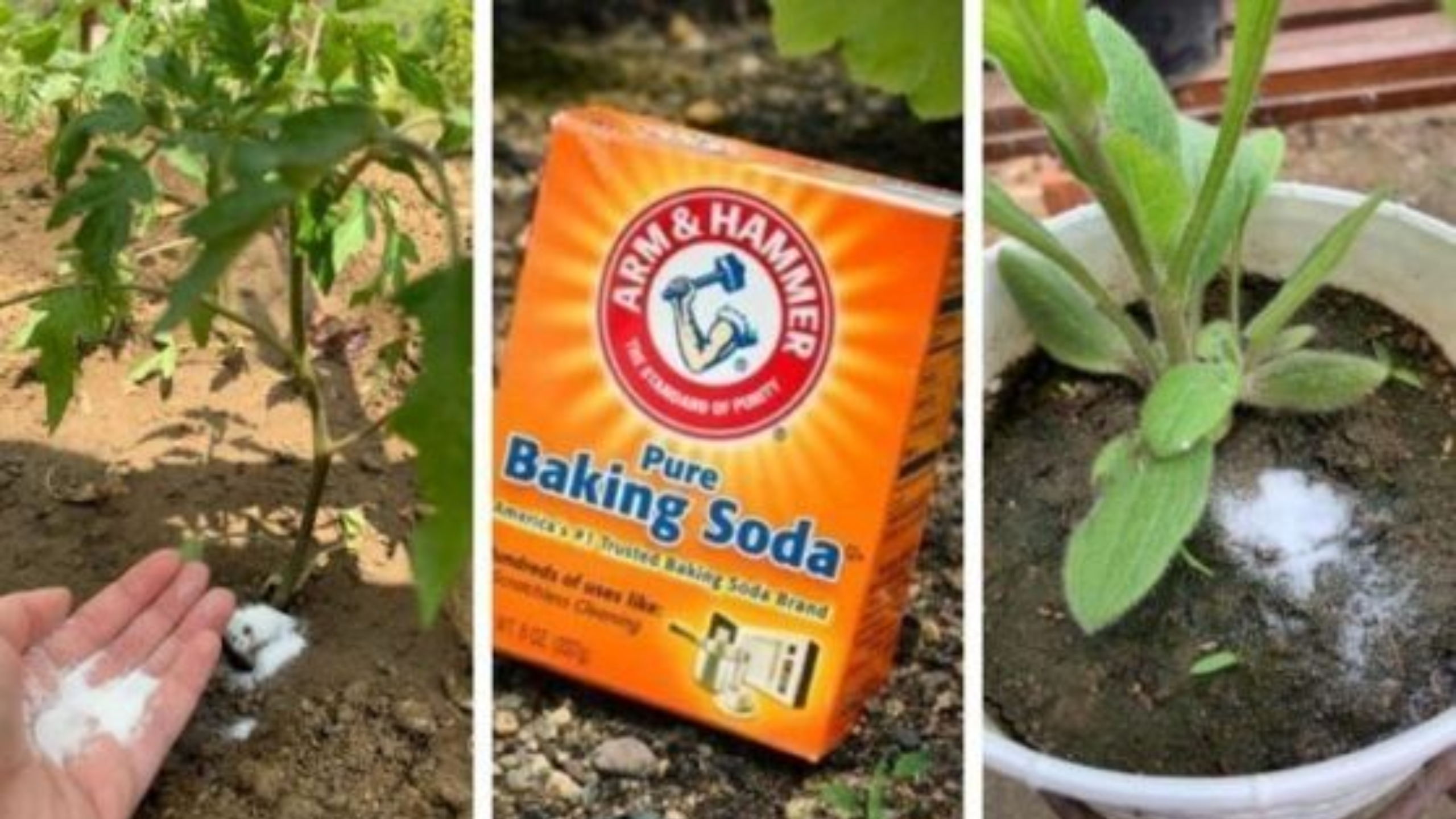Are you tired of relying on expensive or chemical-heavy products to care for your garden? Do you wish for simpler, safer, and more eco-friendly solutions? If yes, then baking soda might become your new best friend in gardening. This versatile, inexpensive ingredient has been gaining popularity among gardening enthusiasts for its natural benefits and multiple uses. Let’s explore why baking soda could be a game-changer for your green space.
Why Choose Baking Soda for Your Garden?
Natural and Non-Toxic: Unlike many synthetic pesticides and fertilizers, baking soda (scientifically known as sodium bicarbonate) is safe for your plants, pets, and the surrounding environment. It’s a kitchen staple that can double as a powerful garden aid without the worry of harmful residues or chemical runoff.
Cost-Effective: Gardening can sometimes become an expensive hobby, especially when you’re constantly buying specialized products. Baking soda is affordable, readily available at your local grocery store, and lasts a long time—making it perfect for budget-conscious gardeners.
Versatile Uses: Whether you’re tackling pests, improving soil health, or fighting fungal diseases, baking soda offers multiple solutions. Its simplicity and effectiveness make it an essential addition to your gardening toolkit.
How to Use Baking Soda in Your Garden: Practical Tips and Tricks
Let’s look at some of the most effective ways to incorporate baking soda into your garden care routine. Each method is easy to do and can help you maintain healthy, vibrant plants.
1. Controlling Powdery Mildew
Powdery mildew is a common fungal disease that appears as a white, powdery coating on leaves and stems. It thrives in humid conditions and can quickly spread if left unchecked.
Solution: Mix 1 tablespoon of baking soda with 1 quart of water. Add a few drops of liquid soap to help the solution stick to the plant surfaces. Spray this mixture on affected plants weekly, especially during humid weather. You’ll notice a significant reduction in mildew buildup, helping your plants stay healthy and lush.
2. Managing Fungal Diseases in Plants
Fungal infections like black spot on roses or damping-off in seedlings can be problematic. Baking soda acts as a natural remedy to prevent and manage these issues.
Method: Lightly sprinkle baking soda on the soil surface around seedlings or infected areas to inhibit fungal growth. For existing fungal issues, spray directly onto the affected plants. Regular application can improve plant vigor and prevent disease recurrence.
3. Creating a Natural Pesticide

Say goodbye to chemical pesticides! Baking soda can deter common pests like aphids and spider mites.
How: Prepare a spray with 1 teaspoon of baking soda, 1 tablespoon of vegetable oil, and a few drops of liquid soap in 1 quart of water. Spray this solution onto your plants to keep pests at bay. Reapply weekly or after heavy rain to maintain its protective effect.
4. Boosting Tomato and Other Crops
Baking soda isn’t just for pests and fungi—it can also help your plants grow stronger.
Tip: Sprinkle a small amount of baking soda around the base of tomato plants to reduce soil acidity. This can help prevent blossom-end rot and promote better fruit development, especially in acidic soils.
5. Natural Weed Control
Weeds compete with your garden plants for nutrients, water, and sunlight. Control them naturally by applying baking soda directly on weeds growing in walkways or driveways.
Application: Use sparingly—just sprinkle on weeds to inhibit their growth without harming nearby plants. This eco-friendly method helps you keep your garden tidy without resorting to chemical herbicides.
6. Soil Amendment
If your garden soil is too acidic, baking soda can serve as a quick fix to raise the pH level.
Usage: Apply in small amounts, mixing thoroughly into the soil. This benefits plants that prefer neutral or alkaline conditions, such as carrots or lettuce, helping them flourish.
Tips for Safe and Effective Use
While baking soda is generally safe, a few precautions ensure you get the best results:
- Dilute Properly: Always follow recommended ratios. Concentrated solutions can harm plants.
- Test First: Before widespread application, test the solution on a small part of a plant to check for adverse reactions.
- Monitor Plant Responses: Keep an eye on how your plants react after application and adjust the dosage or frequency as needed.
Final Thoughts: Embrace Nature’s Simplicity
Using baking soda in your garden isn’t just cost-effective—it’s an environmentally friendly way to keep your plants healthy and vibrant. Its multi-purpose nature makes it a must-have for gardeners looking for natural alternatives to chemicals. Whether you’re controlling fungal diseases, pests, or improving soil conditions, baking soda offers simple solutions that work.
Have you tried baking soda in your garden? Share your experiences and tips below! Happy gardening!
Interested in more eco-friendly gardening tips? Join our community of over 48,000 gardening enthusiasts!
Want to learn more?
Check out our discussion groups or share your own success stories. Gardening is all about learning and growing together—naturally!


znh3bi